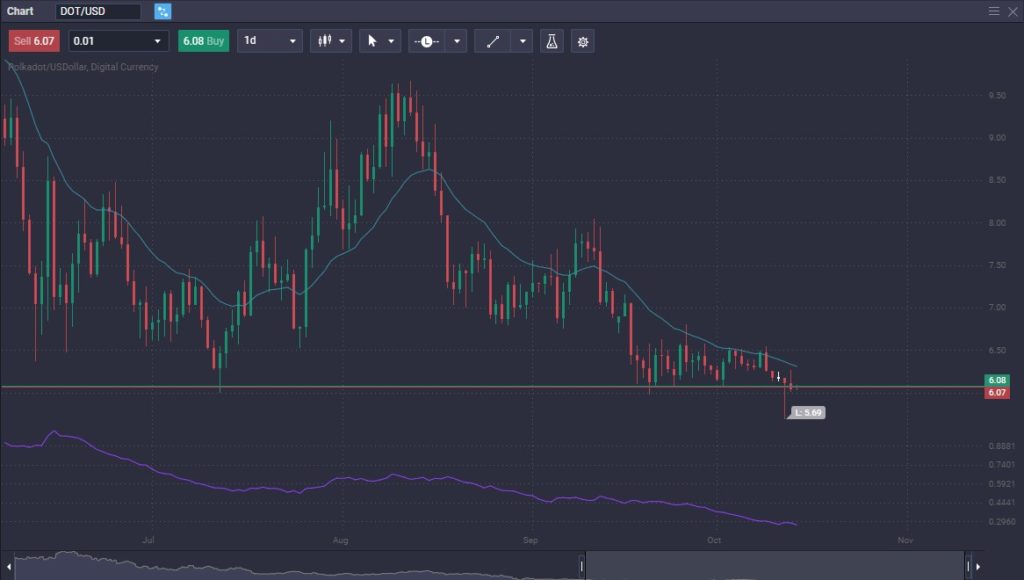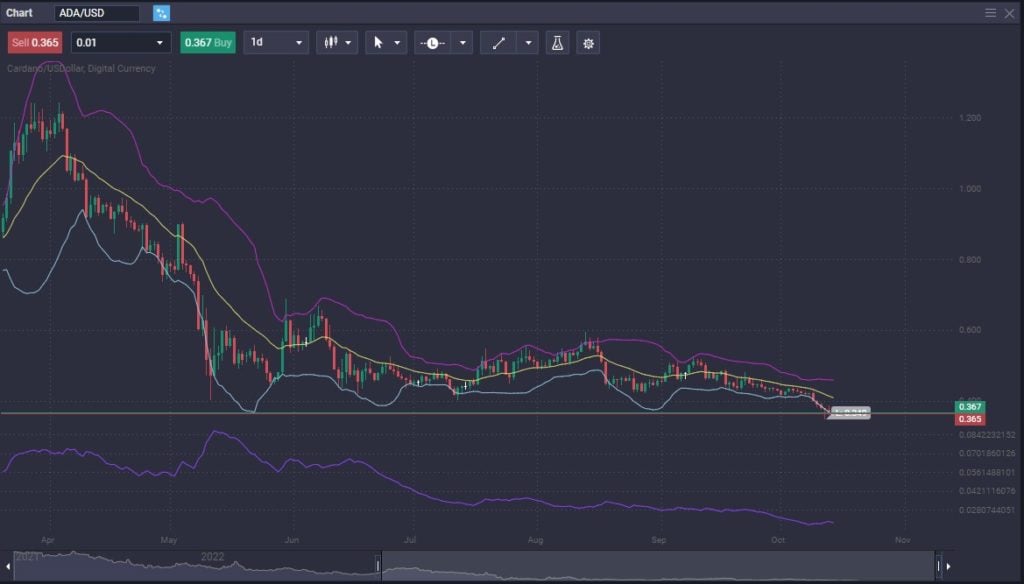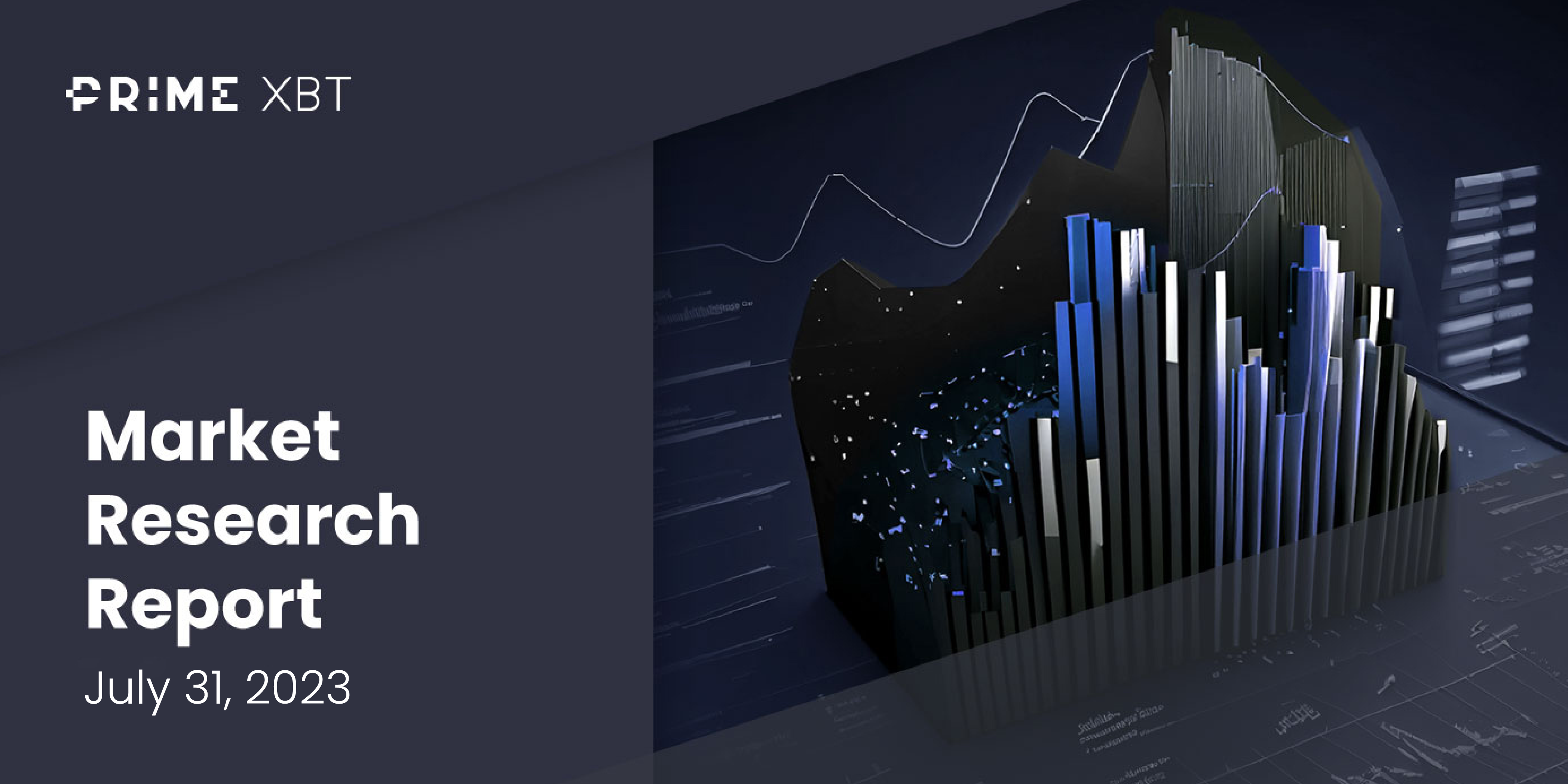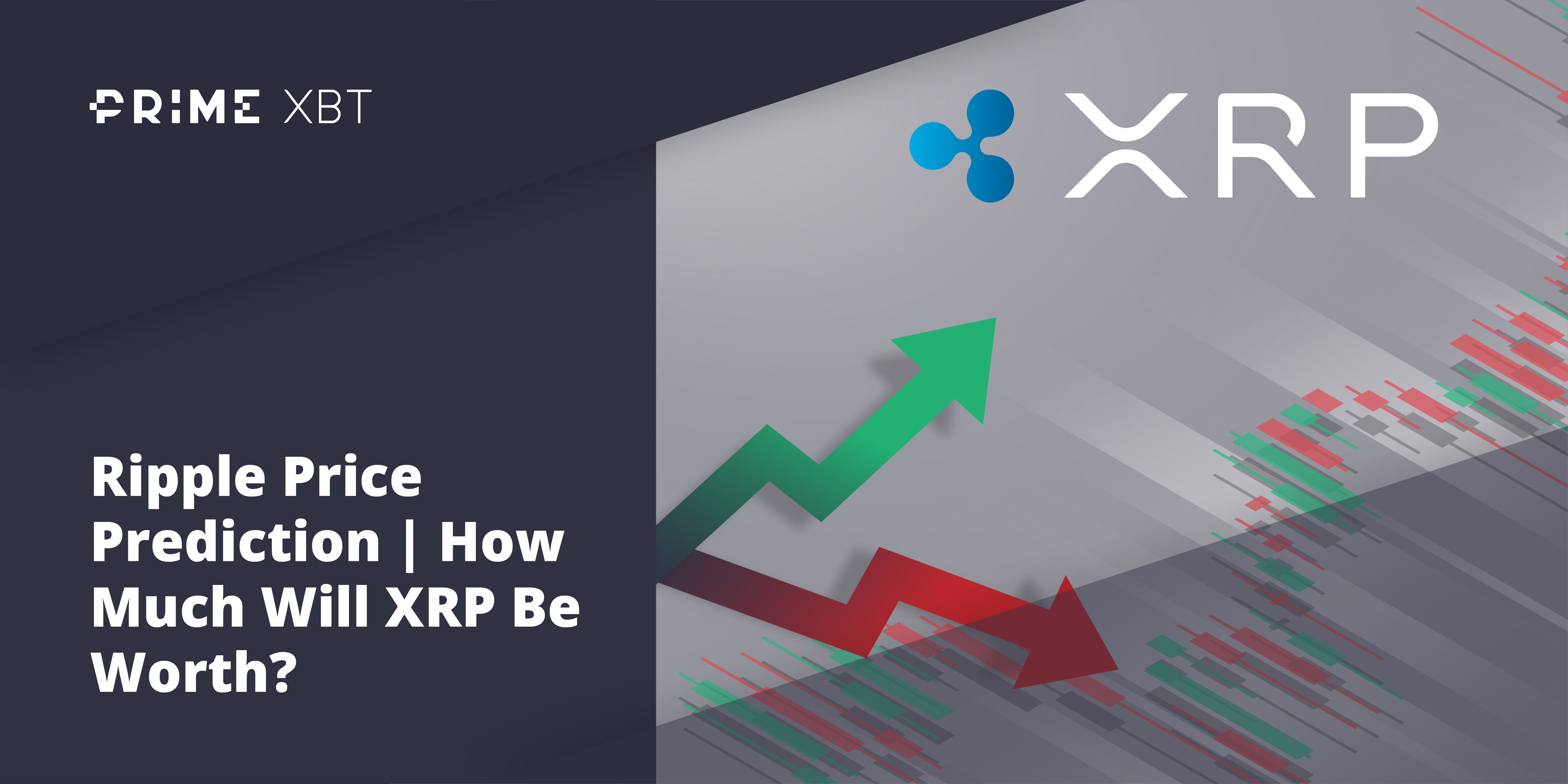If you pay close attention to the crypto markets, you have heard about Polkadot (DOT) and Cardano (ADA). When you compare Polkadot vs. Cardano, there are many similarities, but at the same time, there are significant differences between the two ecosystems. Both are beneficial and robust designs, earning a closer look.
Cardano: The basics
Cardano is a unique ecosystem that many people are very excited about. To understand the value proposition of trading the coin, you need to know how the network is used and where it is going.
What is Cardano, and how does it work?
Cardano was launched in 2017 by one will of the co-founders of Ethereum and is known as a “third-generation” cryptocurrency. It aims to be scalable and energy efficient. Cardano has its native currency called ADA. It’s used to pay transaction fees on the Cardano platform and can be traded as an exchange of value.
It’s used for decentralized applications, and the transfer is in contracts. NFTs have also found their way onto the Cardano blockchain, as have decentralized exchanges.
Advantages of Cardano
One of Cardano’s significant advantages is that it is peer-reviewed. While most crypto markets go straight from concept to reality, the Cardano team has all of its work peer-reviewed by global experts before releasing upgrades.
Cardano is also very fast, as it can handle roughly five transactions per second and is designed to scale to up to 1 million transactions per second. Furthermore, it is considered sustainable, using a state-of-the-art proof of stake protocol called Ouroboros.
Disadvantages of Cardano
Cardano’s most significant disadvantage is that it is a relatively late entrant into the crypto world. In other words, it is competing with thousands of different crypto ecosystems to gain attention.
The other primary concern with Cardano is the fact that although it is peer-reviewed and that leads to a more stable ecosystem, the reality is that getting everything peer-reviewed makes progress painfully slow.
Polkadot: The basics
To make any investment decision between the two coins, you will need to understand not only Cardano but you need to understand Polkadot and its value proposition.
What is Polkadot, and how does it work?
Polkadot is a blockchain that is designed to support other blockchains. It’s a crypto platform that is a network made of other blockchain systems. Each blockchain is entirely autonomous, and it’s Polkadot’s job to connect them.
It was essentially an improved version of Ethereum and was launched in May 2020. Polkadot, much like Cardano, was the brainchild of one of the co-founders of Ethereum. Polkadot offers a foundation on which other crypto projects can build. It refers to itself as a “Layer 0 blockchain”, while Ethereum and another blockchain, such as Cardano, are called “Layer 1 blockchains.” Polkadot has its native token known as “DOT.”
The entirety of Polkadot’s mission is to allow various blockchain systems to communicate with each other, solving the major prob significant with adopting multiple platforms. For example, you may have a blockchain for a specific bank that wishes to communicate with a vendor with its own blockchain. Being in the Polkadot ecosystem can share safely without exposing data. There is a “parachain” when you have an enclosed blockchain on the Polkadot ecosystem.
Advantages of Polkadot
The Polkadot framework is modular and allows developers to select specific components that best suit their application-specific chain. It will enable developers to launch chains and applications leveraging a shared security model without worrying about attracting miners or validators to secure their specific chains.
Polkadot’s “parachains” (the chains on Polkadot) can use bridges to connect with external networks like Bitcoin and Ethereum. This makes it very useful and desirable to be a part of.
Disadvantages of Polkadot
Polkadot competes with other general-purpose innovative contracting blockchains such as Cardano, Cosmos, and Tezos. Hackers have exploited code vulnerabilities twice, draining millions of dollars before being stopped. A limited number of parachains are available, and the slots are sold via auction, which could make them very expensive and price out a lot of potential applications and users.
Critical differences between Cardano and Polkadot
To decide which of these coins to invest in or whether or not you will invest in both of them, you need to understand that some critical differences between the two coins and ecosystems must be understood.
Value
Both offer a certain amount of value, but it comes down to both ecosystems’ adoption. While Cardano is looking to provide a platform that several different ecosystems will adopt, Polkadot allows a bridge between the various blockchain. However, Polkadot uses something called parachains, which is simply a blockchain that’s on the network, and then allows them to speak to each other. It even allows those to talk to other blockchains. In that sense, Polkadot could be a significant player in adoption picks.
Cardano is simply arguing with Ethereum as to what the superior Layer one solution will be. The biggest problem Cardano has is that it is slow for adoption, so the blockchain has been looking toward smaller economies such as the ones in Africa, offering the possibility of banking for that outside of the realm of the more prominent bankers.
Evolution
The evolution of the two networks is quite different as the Polkadot ecosystem is designed to allow others to do the “work” and connect them. This has streamlined the job of the Polkadot, but it’s also worth noting that there have been exploitations of the Polkadot ecosystem, causing millions of dollars in losses.
On the other hand, Cardano is highly peer-reviewed, which means that when they finally release an upgrade, it will be one of the most stable networks. After all, when the world’s leading experts come together and approve something, it has been as thoroughly tested as possible.
Cardano has a long way to go in the future, but it has recently started to work with smart contracts, which was a giant leap forward. It comes down to slow and steady versus hitting the ground running.
Coin Limits
One of the most significant differences between the two ecosystems is the fact that there is a limit of 45 billion coins on the Cardano network, while Polkadot has no such restrictions. Because of this, it could be argued that scarcity could make Cardano worth more, but that point is moot unless there is enough adoption of the Cardano network.
What Makes Polkadot and Cardano Similar?

Polkadot (DOT) chart on the Top Coin Miners platform.
Now that we have focused on what makes Polkadot and Cardano different, it should be noted that some commonalities between the two should also be understood.
Mining Process
Both Polkadot and Cardano use a proof-of-stake process to create more coins. They are not “mined,” such as Bitcoin or Litecoin. Because of this, the barrier to earning on your holdings is much lower as you can join many “pools.”
Less Energy
Both of these ecosystems use much less energy than some of the early ones, such as Bitcoin. As crypto continues to move forward, sustainability and energy usage will continue to take center stage.
Staking
Both networks allow for staking, meaning you can earn on your holdings as the network uses your coins to help validate transactions. This is much cheaper and easier than setting up a mining rig like you would with Bitcoin.
Polkadot vs. Cardano: Comparison
To better understand the differences and similarities between Polkadot and Cardano, you need to understand a few basic facts. The table below gives you a “30,000-foot overview” of both networks.
| Feature | Cardano | Polkadot |
| Date Founded | 2015 | 2020 |
| Ticker | ADA | DOT |
| Market Cap | $13.6 billion | $7 billion |
| General Purpose | dApps, smart contracts | Connecting blockchains |
| Mining Standard | Proof-of-stake | Proof-of-stake |
| Maximum Available Supply | 45 billion | unlimited |
| How Is the Currency Used? | dApps, smart contracts | Communication between networks |
| What Influences the Value? | Adoption | Blockchains using it |
ADA vs. DOT: Historical Price Action Reviewed

Cardano (ADA) on the Top Coin Miners platform.
In 2021, Cardano hit a price of just over $2.95 before plummeting back to earth. This coincided with the crypto bubble popping, so it is probably not all about Cardano itself. The slow development has kept the price depressed, and, likely, the next year or two will probably be rough for most crypto, not just Cardano itself.
Polkadot had reached the price of just below $54 at one point but has since completely collapsed. As of mid-October, Polkadot is trading at just over $6. Whether or not it can recover is an open question, but it is encouraging to know that we have been forming a sizeable basing pattern for some time, not just Polkadot but crypto in general.
Keep in mind that the cryptocurrency markets have seen this behavior before and will likely eventually see things turn around. Whether or not either one of these markets follows is still unknown. It would help if you always treated crypto as a highly speculative asset.
Cardano vs. Polkadot: Which one is the better investment?
Without seeing the future, it’s almost impossible to have 100% certainty. However, each has its value proposition. While the idea of being able to connect various self-contained blockchain ecosystems makes Polkadot a potential winner, the reality is that there are only a certain amount of parachain slots available. They are also done by auction, meaning it will more likely than not price out smaller projects.
Cardano takes a different direction from that standpoint, as they have been focusing heavily on India and Ethiopia. The idea is that Cardano will not only be sustainable but also focus on some of the most underserved places in the world. If Charles Hoskinson, the creator of Cardano, has his way, we could look at a method for billions of people to do instantaneous financial transactions.
Cardano also allows decentralized applications to run on its ecosystem, but you should consider Cardano as a bet on one particular ecosystem, while Polkadot is a bet on several. It also can transfer information into the Ethereum and the Bitcoin networks, which also gives it a unique value.
Both probably belong in a crypto portfolio, but there is much speculation when dealing with either. After all, neither has been highly adopted, and the crypto landscape is rapidly changing. Diversification will continue to be your most significant friend.
Conclusion
In conclusion, both of these networks offer quite a bit of value. Both of these networks will likely survive what will undoubtedly be a bit of a “culling” of crypto excesses. After all, we had gotten through a time when anything related to crypto went straight up in the air, and the bubble burst. At this point, those crypto ecosystems that can offer some real-world use will step up and continue to attract investment. Whether or not it will be these 2 is an open question, but they at least have a real-world use-case scenario, unlike so many other coins out there that have talked about “community.”
Both of these will likely be around for several years. Still, it is worth noting that Polkadot probably has more risk associated with it because of its limited amount of slots for parachains. Polkadot admits that it’s not exactly how many places will be available once they get through all of the iterations of the network. In that sense, Polkadot could be crippling itself. This, of course, remains to be seen.
You also have to ask yourself whether or not Cardano is going to be able to weather the storm, as although the peer-reviewed upgrades are undoubtedly stable and healthy, the reality is that the crypto world is changing so quickly that they may get left behind. Both have a genuine world use, so that should keep them afloat at the very least. Pay close attention to how many teams are developing on each network in the future, as that will probably give you the answers to your investing questions.
However, suppose you are simply looking to speculate on price fluctuations. In that case, you are better off using the contract-for-difference market at Top Coin Miners, as it allows you to benefit from price fluctuations without taking custody of any coins. You can trade in a bullish or bearish matter, benefiting from both up and down moves and excellent leverage.
Which is better, Cardano or Polkadot?
We look at just about any other crypto; it comes down to your need. Cardano is obviously a very robust, heavily peer-reviewed ecosystem, which certainly makes it much more stable. However, neither one of these blockchains has managed to see massive adoption, so both are considered to be highly risky.
Is Polkadot an excellent long-term investment?
This remains to be seen. The reality is that Polkadot seems like a great idea, but until we see massive adoption, it’s difficult to imagine a scenario where it continues to gain value. Furthermore, it is drowning in a sea of crypto, with thousands of cryptocurrencies and networks all screaming for attention. While Polkadot offers an excellent solution, like anything else in crypto, it will come down to adoption.


